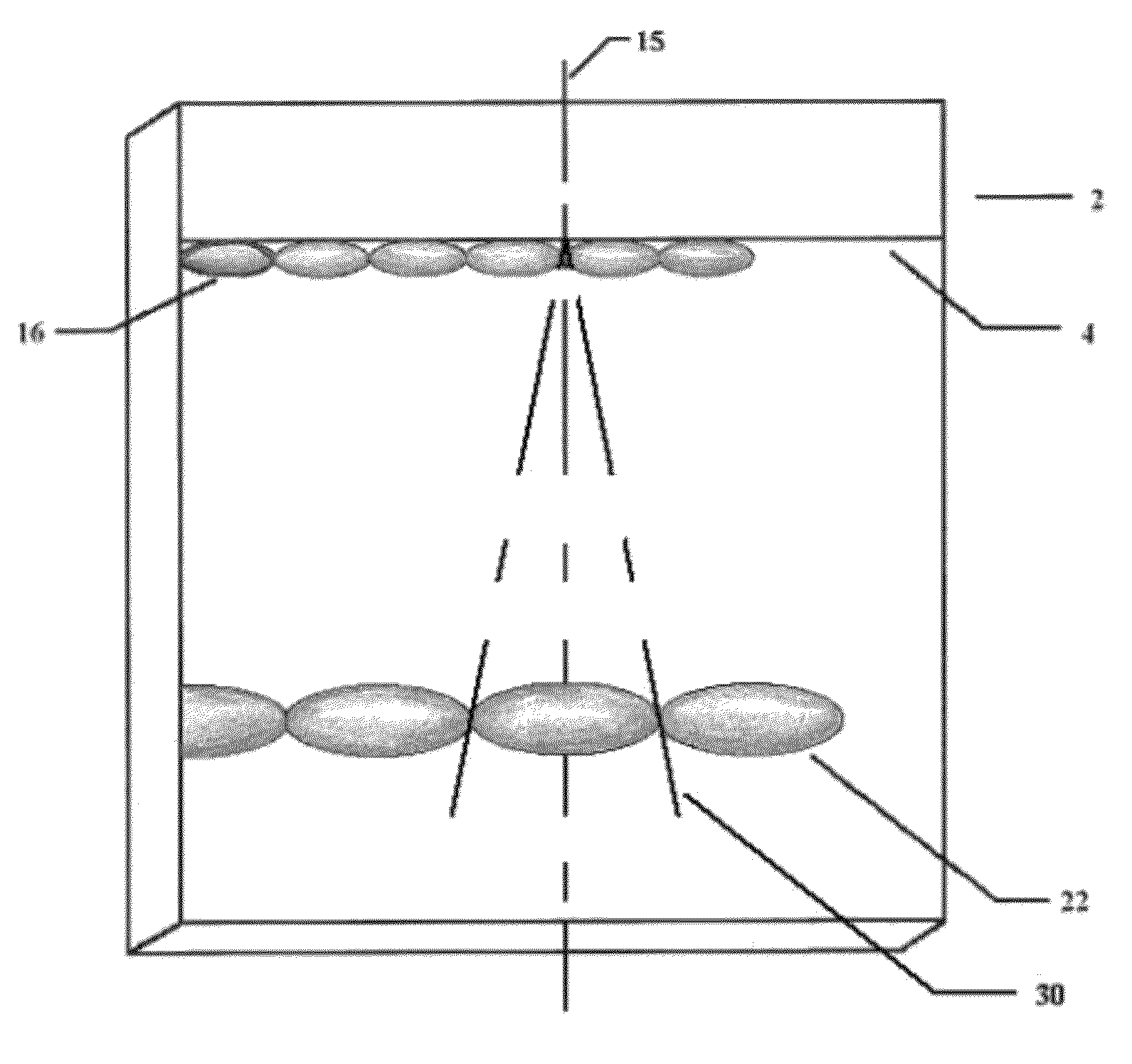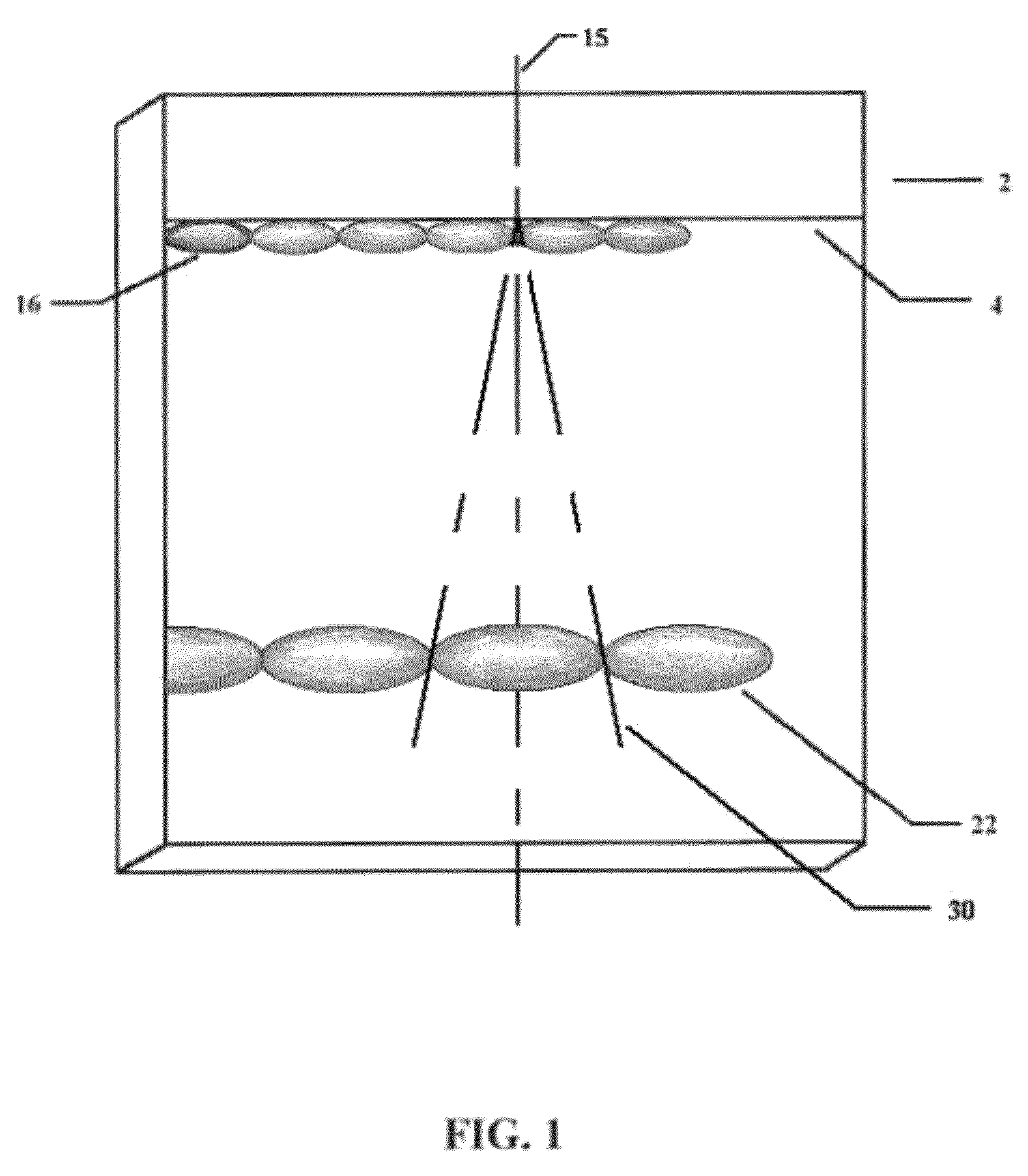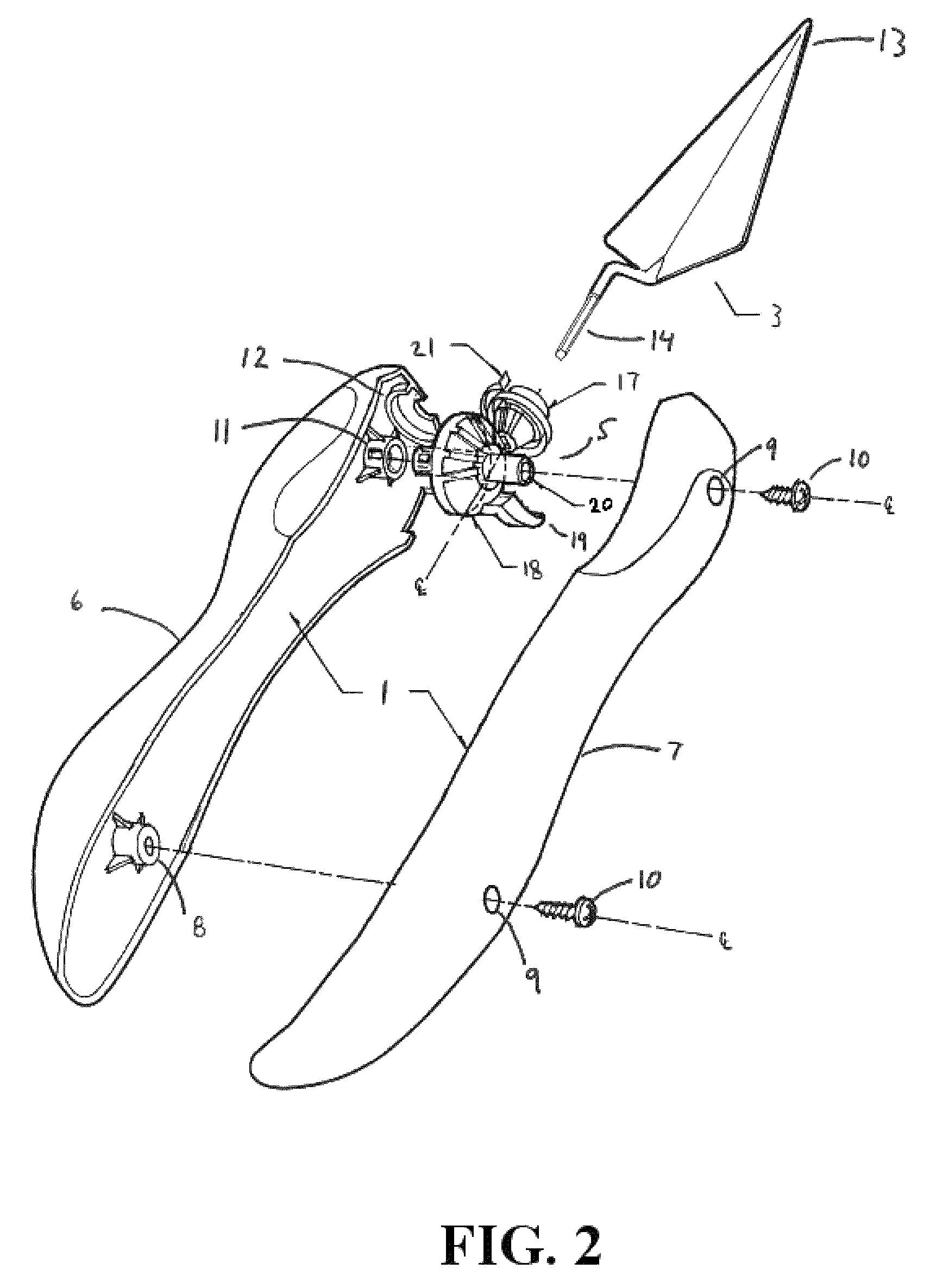Three-dimensional art and tool for creation of the same
a three-dimensional art and tool technology, applied in the field of three-dimensional art and tool for creation of the same, can solve the problems of time-consuming, undesirable and inaccurate, and the artist's development of complex tools and methods to help, and achieve the effect of reducing the difficulty of modifying the shape of the canvas, reducing the difficulty of adjusting the shape, and improving the quality of the finished produ
- Summary
- Abstract
- Description
- Claims
- Application Information
AI Technical Summary
Benefits of technology
Problems solved by technology
Method used
Image
Examples
Embodiment Construction
[0027]The method of the present invention utilizes a novel approach to creation or artistic works such as paintings, sculptures and the like. While tools such as painting and sculpturing trowels have existed in the art for other uses, the method of the present invention utilizes a specially designed tool that provides a rotating or twisting action to pick up image creating material and then apply it to a support member. This method is referred to as a PANCTURE technique. The technique specifically refers to painting, sculpting or otherwise depositing panels of image creating material onto a support member to create a three dimensional painting.
[0028]The term “image creating material” is used herein to mean any material that can be applied or shaped to form an image. Typical image creating materials include: paint, clay, plaster of paris or other color providing or shape retaining material.
[0029]As used herein, the term “support member” is used in a general sense to include any plate...
PUM
 Login to View More
Login to View More Abstract
Description
Claims
Application Information
 Login to View More
Login to View More - R&D
- Intellectual Property
- Life Sciences
- Materials
- Tech Scout
- Unparalleled Data Quality
- Higher Quality Content
- 60% Fewer Hallucinations
Browse by: Latest US Patents, China's latest patents, Technical Efficacy Thesaurus, Application Domain, Technology Topic, Popular Technical Reports.
© 2025 PatSnap. All rights reserved.Legal|Privacy policy|Modern Slavery Act Transparency Statement|Sitemap|About US| Contact US: help@patsnap.com



